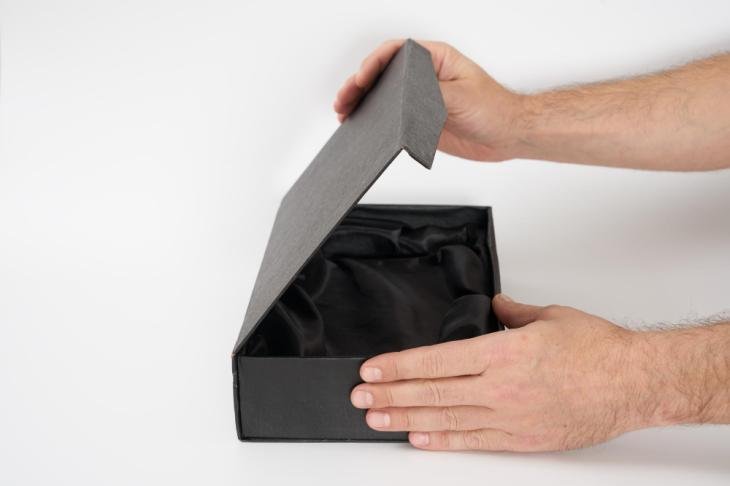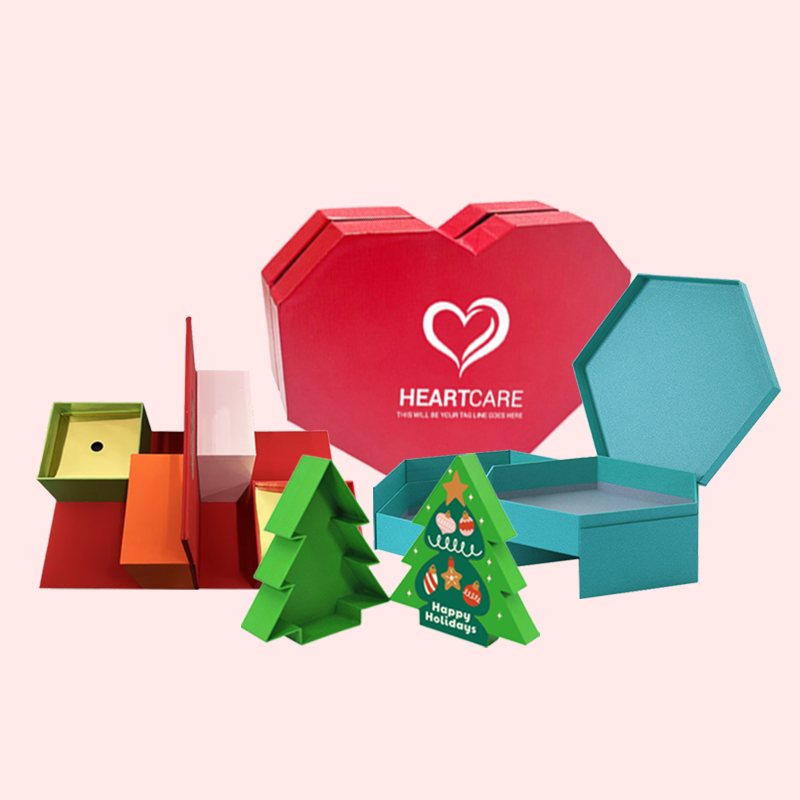Anxious about your project deadlines? Unclear timelines for custom boxes can derail your product launch. Let’s break down the entire process from start to finish so you can plan with confidence.
Generally, the entire process for custom rigid boxes takes 4 to 8 weeks. This includes 1-2 weeks for design and sampling, 2-4 weeks for mass production, and 1-3 weeks for shipping. The final time depends heavily on your project's complexity and your supplier's efficiency.
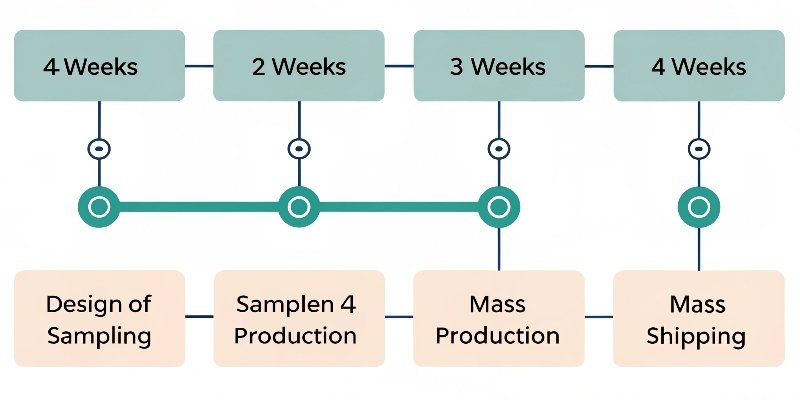
Understanding this general timeline is a good start. But I know from my 16 years in this business that every project is unique. The real timeline depends on the details of each stage. To help you manage your projects better, we need to look closer at what really happens during design, production, and shipping. This will help you avoid surprises and keep your launch on track. Let's dive in.
How long does the design phase really take?
Your design looks simple on your screen. But the back-and-forth revisions and getting samples approved are eating up all your time. Here’s a realistic look at what actually happens during the design stage.
The design and sampling phase typically takes 1 to 2 weeks. This includes initial concept talks, creating the structural design, finalizing artwork, and making a physical prototype for your approval. Clear communication and quick feedback are key to keeping this stage short and on track.

Over the years, I've seen simple designs get approved in just a few days, while more complex projects can stretch out for weeks. For a designer like Peter, understanding these steps is crucial for managing client expectations. It's not just about how fast we can work; it’s about how well we collaborate. The design stage is a partnership. Your speed in providing feedback directly impacts the timeline. Let's break down where the time goes.
Initial Consultation and Structural Design
This is where we start talking. You tell me about the product, who the customer is, and the unboxing experience you want to create. Based on that, my team creates the dieline, which is the flat blueprint of the box. This step alone can take 2 to 4 days, depending on how unique the structure needs to be.
Artwork and Revisions
Next, you provide the graphics, logos, and text. We place this artwork onto the dieline to create a 2D or 3D digital proof. This is where most of the back-and-forth happens. The logo might be too small, or a color might need a slight tweak. Each revision cycle can add 1 to 2 days to the timeline. I always suggest having brand guidelines ready to go. It makes this step much faster.
Prototyping (The Physical Sample)
A digital proof is good, but nothing beats holding a physical sample. We create one real box for you to see, feel, and test with your product. This is a critical step to ensure everything is perfect before mass production. Making and shipping this sample can take anywhere from 3 to 7 days.
| Design Phase Step | Typical Duration | Key Factors for Speed |
|---|---|---|
| Initial Briefing & Ideas | 1-2 days | The clarity of your requirements |
| Structural Design (Dieline) | 2-3 days | The complexity of the box structure |
| Artwork Review & Revisions | 2-4 days | The number of revision rounds |
| Physical Sample Production | 3-5 days | Material availability and setup |
| Sample Shipping & Approval | 2-3 days | Your feedback speed |
| Estimated Total | 1 - 2.5 Weeks | Your responsiveness is key |
What's the typical timeline for mass production?
Your design is finally approved. Now you're waiting, wondering what’s happening behind the factory doors. Let's pull back the curtain on the manufacturing process and see what it takes to make your boxes.
Mass production of custom rigid boxes usually takes 2 to 4 weeks. This timeline covers sourcing raw materials, printing your artwork, cutting and assembling the boxes, and quality control. Large orders or complex finishes like foil stamping can extend this period.

After running Giftspack for over a decade, I can tell you that production isn't a single button push. It’s a series of carefully planned actions that must happen in the right order. This phase requires precision and skilled hands, which is why rigid boxes feel so premium. A delay in one step can have a domino effect on the rest of the schedule. For a designer like Peter, knowing these steps helps in communicating realistic timelines to the end client. Here is a look at what we're doing while you wait.
Material Sourcing and Preparation
Once you approve the design, the first thing we do is order the materials. This includes the thick greyboard that forms the structure, the wrap paper for the outside, and any special items like magnets, ribbons, or foam inserts. If you've chosen a standard material, this is quick. But for custom-colored paper, it can take up to a week for the materials to arrive at our factory.
Printing and Finishing
This is where your brand comes to life. We print your design onto large, flat sheets of the wrap paper. After printing, we may add special finishes. This could be a matte or gloss lamination for protection, spot UV to highlight certain areas, or hot foil stamping for a metallic effect. Each additional process adds time to the production schedule.
Die-cutting, Grooving, and Assembly
Now we get mechanical. The printed sheets and the thick greyboard are cut and scored by machines. For rigid boxes, this is where the magic happens. Our skilled workers then assemble the boxes, often by hand. They wrap the printed sheets around the greyboard structure, ensuring tight corners and a smooth finish. This is the most labor-intensive part and is what gives rigid boxes their strength and high-end feel.
Quality Control
Before anything is packed for shipping, our quality control team does a final inspection. We check for color accuracy against the approved proof, structural integrity, and any cosmetic defects. This is a non-negotiable step to ensure you get exactly the quality you paid for.
How do shipping times impact your total delivery schedule?
The boxes are finally made! But they're still at the factory, and you're not sure when they will actually arrive at your warehouse. Let's look at the final leg of the journey: shipping.
Shipping can take anywhere from 3 days to over 4 weeks. Air freight is the fastest option (3-7 days) but is also the most expensive. Sea freight is cost-effective for large orders but is much slower (3-5 weeks). Don't forget to account for customs clearance.
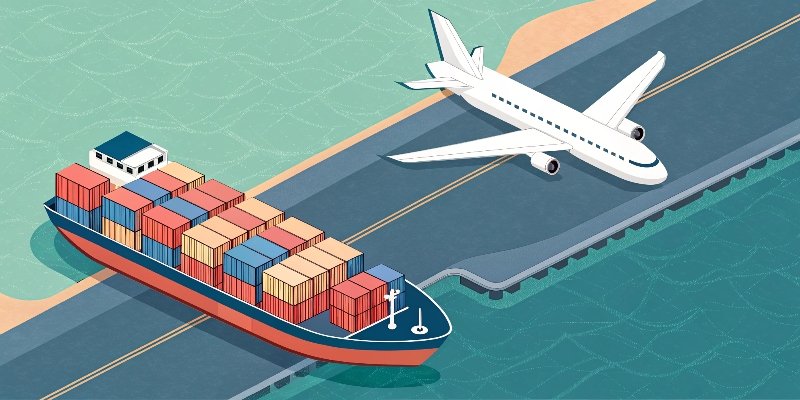
When I talk to clients, one of the first questions I ask is, "When do you need these boxes in your hands?" The answer helps us choose the right shipping method. This decision is a balance between your deadline and your budget. For product designers like Peter, this is a critical conversation to have with the project manager. The choice made here can drastically change the final cost and delivery date of the entire project.
Choosing the Right Method: Air vs. Sea
Your two main options for international shipping are air and sea.
- Air Freight is fast. It's the best choice for urgent or time-sensitive projects. If your product launch is next month, this is probably the way to go. The trade-off is the cost; it's significantly more expensive than sending by sea.
- Sea Freight is the standard for most bulk orders. It is much more economical, especially for heavy, bulky items like rigid boxes. But it requires planning. The transit time on the water alone can be several weeks.
| Shipping Method | Typical Transit Time | Cost Level | Best For |
|---|---|---|---|
| Air Freight | 3 - 7 days | High | Urgent, small to medium orders |
| Sea Freight | 20 - 40 days | Low | Large, non-urgent orders |
| Ground (Domestic) | 1 - 5 days | Medium | Final delivery in your country |
What is Customs Clearance?
This is a step that often gets overlooked. When your boxes arrive in your country, they must be processed and cleared by customs officials. We handle all the necessary paperwork to make this as smooth as possible. However, random inspections or documentation issues can sometimes cause delays of a a few days to a week. It's important to factor this buffer into your timeline.
Final Mile Delivery
Once your shipment clears customs, it's not over yet. The boxes are then picked up from the port or airport and trucked to your final destination. This "final mile" delivery can take another 1 to 3 days, depending on your warehouse's location.
What factors can delay your custom box order?
You planned your timeline perfectly. But now your project is behind schedule, and it's causing a lot of stress. Let's look at the common issues that can slow things down so you can avoid them.
Delays often come from communication gaps, design complexity, and unforeseen events. Slow feedback on proofs, intricate designs needing special tooling, or production during peak seasons like holidays are the most common reasons your order takes longer than planned.
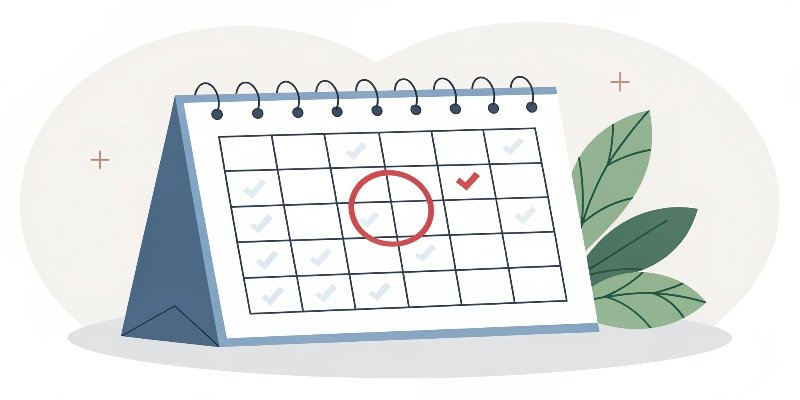
In my experience, being proactive is the best way to prevent delays. I remember a client who wanted a very complex box right before the Lunar New Year holiday. We had to be very honest with them about the timeline because the entire country's manufacturing sector shuts down for weeks. By setting realistic expectations from the start, we avoided a lot of potential frustration. Knowing the common pitfalls is the first step to keeping your project running smoothly.
Communication Breakdowns
The number one cause of delay I have seen is slow communication. If it takes days to get a simple "yes" or "no" on an artwork proof, the entire project comes to a halt. The factory can't proceed to the next step until all details are confirmed. As a designer or project manager, being responsive is your superpower. Checking your email and providing clear, quick feedback can save weeks on a project.
Design and Material Complexity
A simple, standard-sized rigid box is fast to produce. But a box with a unique shape, multiple custom inserts, magnetic closures, and special textured paper will take more time. We might need to create new cutting dies or source materials from a specific supplier who has longer lead times. Simple is always faster. If your timeline is tight, consider simplifying the design.
Peak Seasons and Holidays
This is a big one. The months leading up to major holidays like Christmas, Black Friday, or Lunar New Year are our busiest times. Factory schedules are packed, and shipping lanes become congested. This means production takes longer, and shipping costs can go up. If you have a holiday product, I strongly recommend placing your order at least 3 to 4 months in advance to avoid the rush and potential delays. Planning ahead is the best way to secure your production slot and ensure an on-time delivery.
Conclusion
In short, making custom rigid boxes takes 4-8 weeks. Clear communication, simple designs, and planning ahead for shipping and holidays will help keep your project on track and on time.

